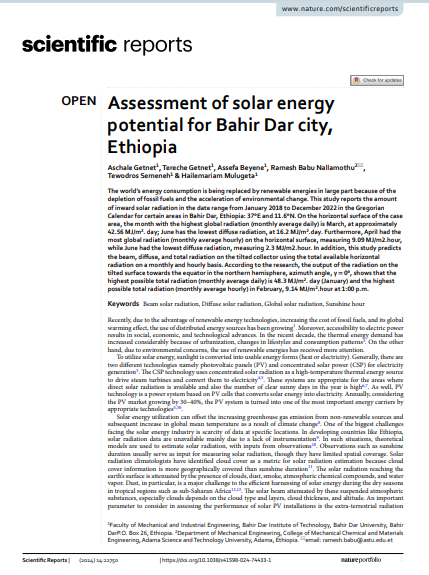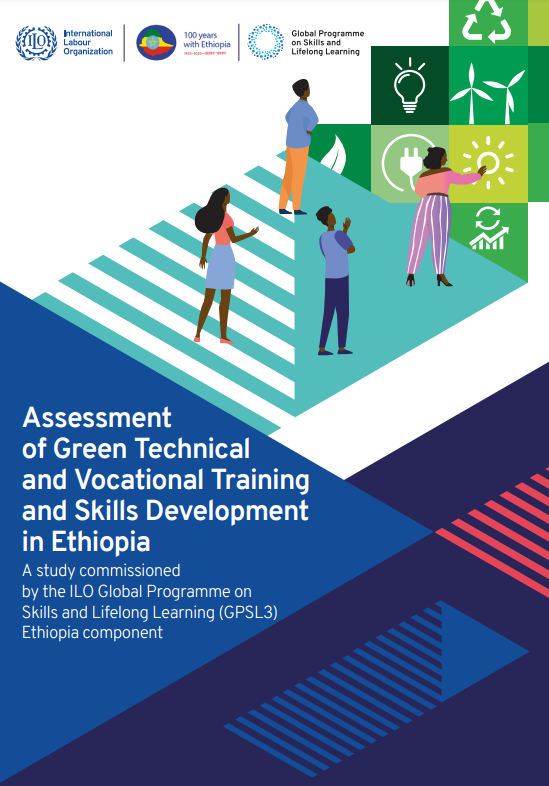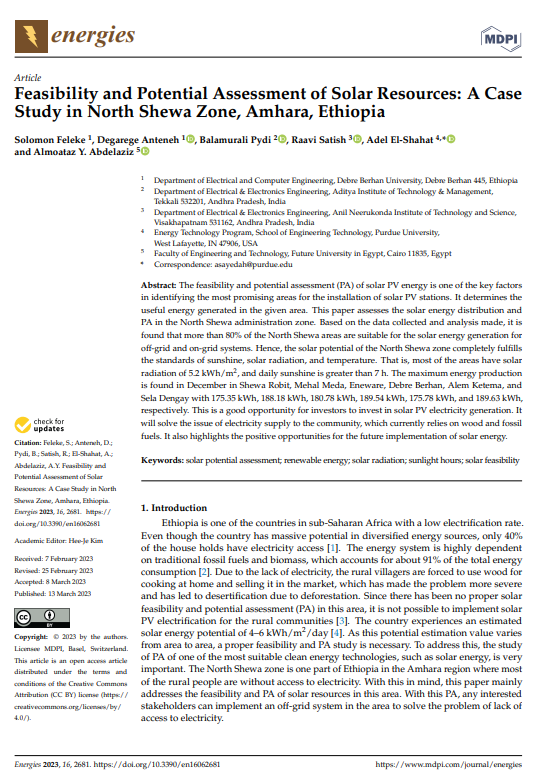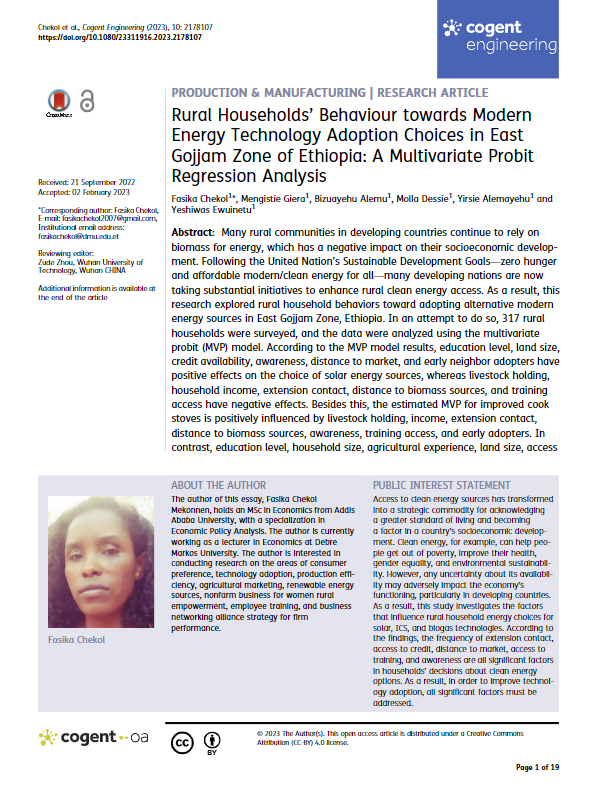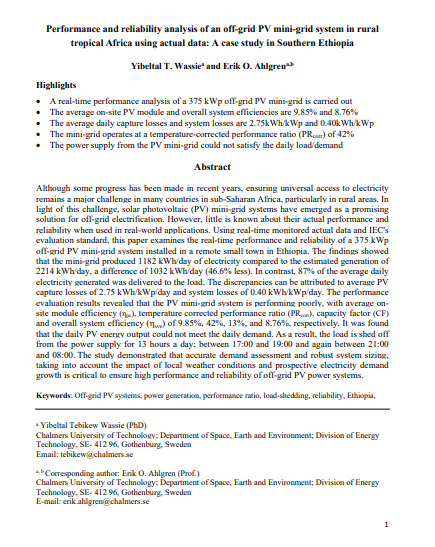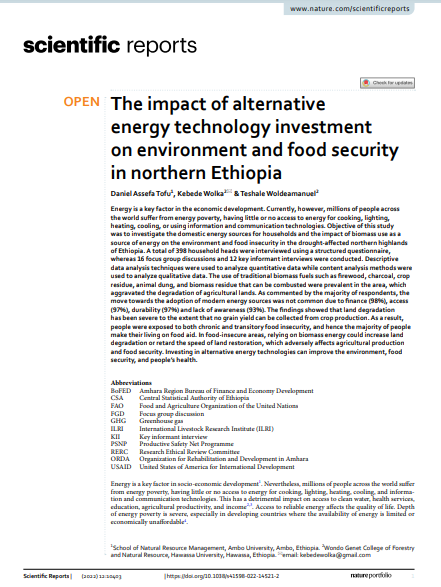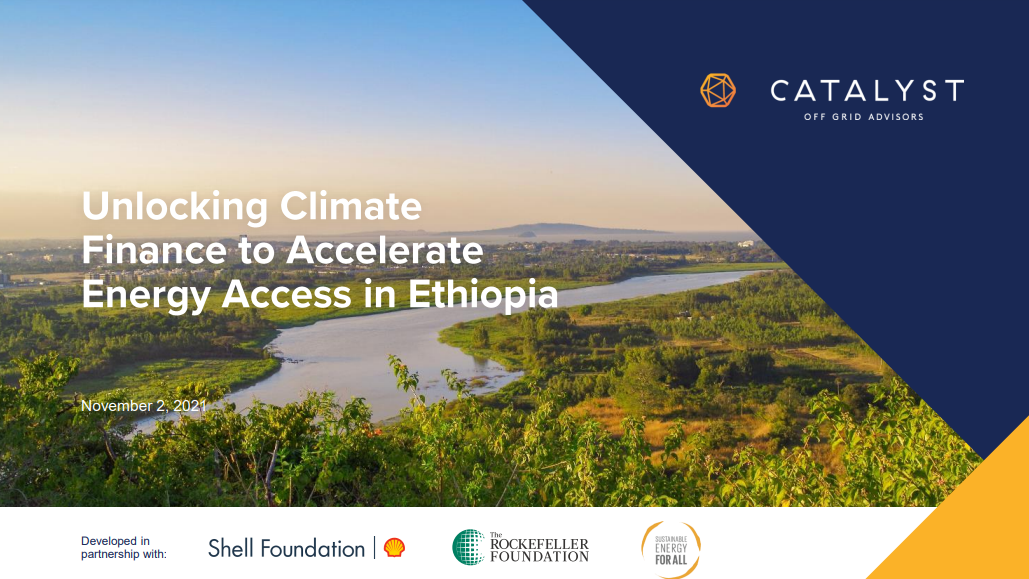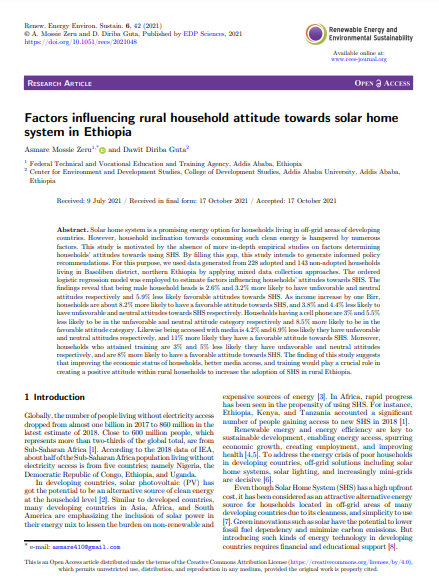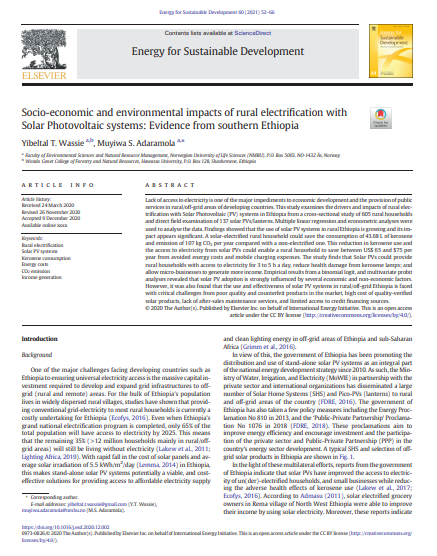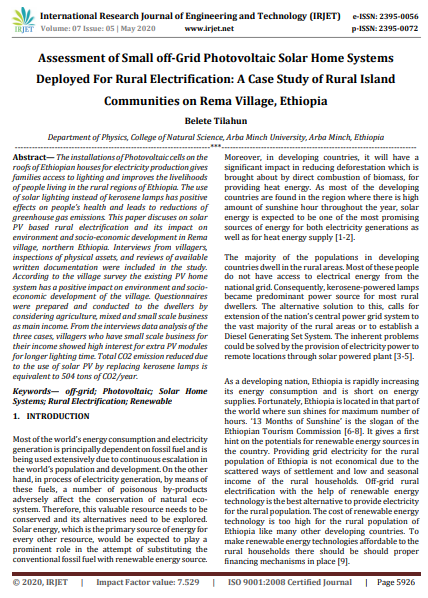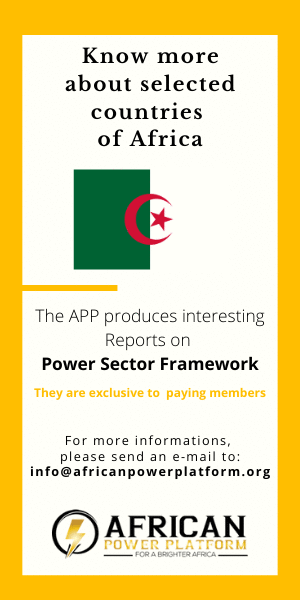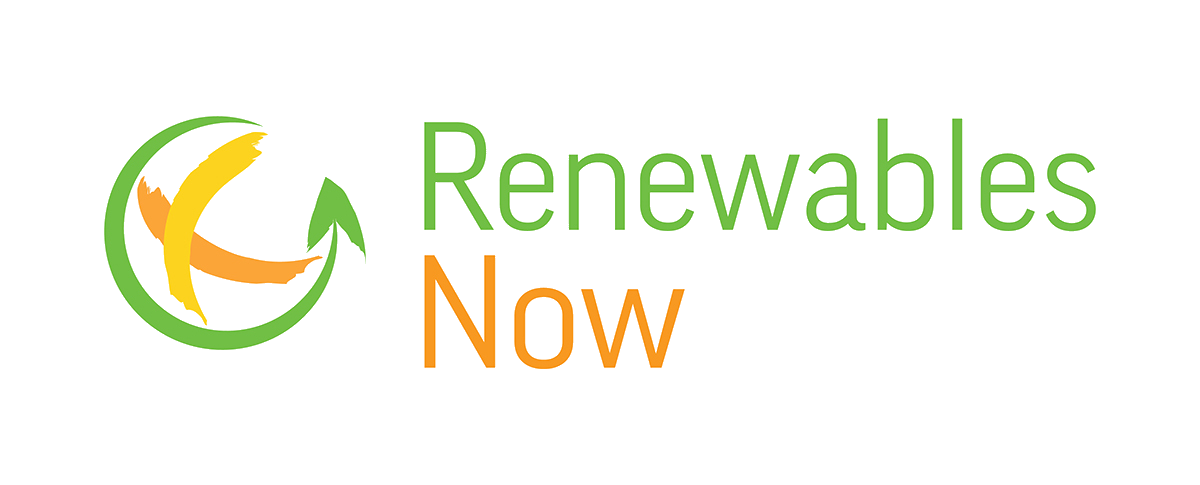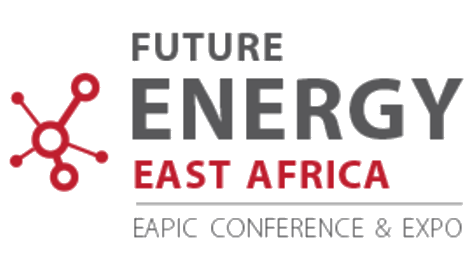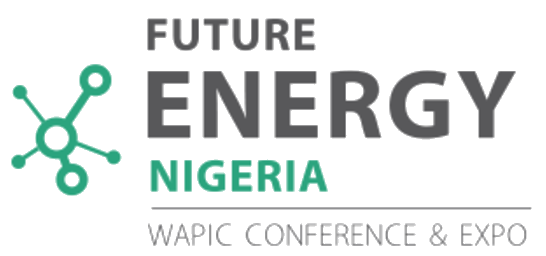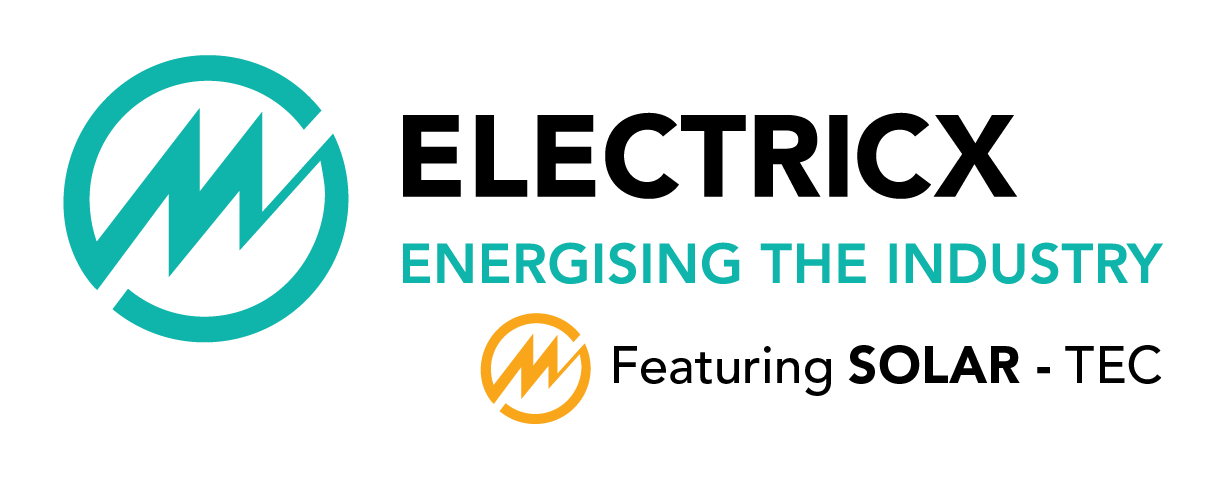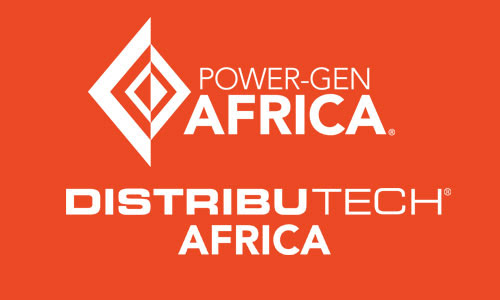We post here the relevant reports for the power sector in Ethiopia. Feel free to join our efforts and share us any other you may have found. We'd be glad to add them to the list. Just sent an email to This email address is being protected from spambots. You need JavaScript enabled to view it.
Publication date: 1 October 2024
Author: Nature Portfolio
Description: The world’s energy consumption is being replaced by renewable energies in large part because of the depletion of fossil fuels and the acceleration of environmental change. This study reports the amount of inward solar radiation in the date range from January 2018 to December 2022 in the Gregorian Calendar for certain areas in Bahir Dar, Ethiopia
Download Report >>
Visit Website >>
Publication date: November 2023
Author: Elsevier
Description: This paper addresses the challenges of governing energy procurement from a mix of non-hydropower renewable energy sources supplied by independent producers. Building on political economy analysis and five case studies of independent producer projects from Ethiopia, it seeks to understand the root causes of the protracted delays and limited extent of procurement by independent producers. Unlike previous research, this paper found little resistance by the incumbent (in this case a heavily hydropower dependent state-owned enterprise) to transition to non-hydropower sources, nor to private sector supply. However, competing interests and tensions among key stakeholders over procurement processes prevailed.
Download Report >>
Visit Website >>
Publication date: July 2023
Author: International Labour Organization
Description: This report is the result of desk research, field work and on-line survey carried out on the issue of green TVT and Skills development in Ethiopia. The assessment was commissioned by ILO’s Global Programme on Skills and Lifelong Learning (GPSL3) Ethiopia component.
Download Report >>
Visit Website >>
Publication date: 13 March 2023
Author: MDPI / Energies
Description: The feasibility and potential assessment (PA) of solar PV energy is one of the key factors in identifying the most promising areas for the installation of solar PV stations. It determines the useful energy generated in the given area. This paper assesses the solar energy distribution and PA in the North Shewa administration zone. Based on the data collected and analysis made, it is found that more than 80% of the North Shewa areas are suitable for the solar energy generation for off-grid and on-grid systems.
Download Report >>
Visit Website >>
Publication date: 21 September 2022
Author: Cogent Engineering
Description: Many rural communities in developing countries continue to rely on biomass for energy, which has a negative impact on their socioeconomic development. Following the United Nation’s Sustainable Development Goals—zero hunger and affordable modern/clean energy for all—many developing nations are now taking substantial initiatives to enhance rural clean energy access. As a result, this research explored rural household behaviors toward adopting alternative modern energy sources in East Gojjam Zone, Ethiopia. In an attempt to do so, 317 rural households were surveyed, and the data were analyzed using the multivariate probit (MVP) model.
Download Report >>
Visit Website >>
Publication date: 19 July 2022
Authors: Yibeltal T. Wassie and Erik O. Ahlgrena
Description: Although some progress has been made in recent years, ensuring universal access to electricity remains a major challenge in many countries in sub-Saharan Africa, particularly in rural areas. In light of this challenge, solar photovoltaic (PV) mini-grid systems have emerged as a promising solution for off-grid electrification.
Download Report >>
Visit Website >>
Publication date: July 2022
Author: Nicholas Institute for Environmental Policy Solutions
Description: Ethiopia’s levels of agricultural productivity and energy access are among the lowest in the world. Now Ethiopia is moving forward with the new Distributed Renewable Energy-Agriculture Modalities (DREAM) project to test distributed solar mini-grids as a solution for improving irrigation, increasing agricultural productivity and farmer incomes, expanding rural electricity access, and enhancing gender and social inclusion.
Download Report >>
Visit Website >>
Publication date: 21 June 2022
Author: Springer Nature
Description: Energy is a key factor in the economic development. Currently, however, millions of people across the world suffer from energy poverty, having little or no access to energy for cooking, lighting, heating, cooling, or using information and communication technologies. Objective of this study was to investigate the domestic energy sources for households and the impact of biomass use as a source of energy on the environment and food insecurity in the drought-affected northern highlands of Ethiopia.
Download Report >>
Visit Website >>
Publication date: 30 May 2022
Author: SSRN
Description: The transition to solar energy to provide clean lighting for rural households in developing countries has been slow. Using a Becker-Degroot-Marschak (BDM) bidding mechanism in a randomized field experiment, this study investigated the effect of information and subsidy policy instruments on the uptake of solar lanterns.
Download Report >>
Visit Website >>
Publication date: 2 November 2021
Author: Catalyst Off Grid Advisors
Description: The country deep dives represent the third phase of the research, conducted by Catalyst Off-Grid Advisors and commissioned by Shell Foundation in partnership with Rockefeller Foundation and SEforAll, building on the Capital needs to connect off-grid households in sub-Saharan Africa report released in 2017, and the A Green Energy Future for Africa that launched in May 2021 at the US Earth Day Summit presenting the $200bn market opportunity for climate-first investors to contribute to universal energy access by 2030 as well as achieve global net zero goals.
Download Report >>
Visit Website >>
Publication date: November 2021
Author: EDP Sciences
Description: Solar home system is a promising energy option for households living in off-grid areas of developing countries. However, household inclination towards consuming such clean energy is hampered by numerous factors. This study is motivated by the absence of more in-depth empirical studies on factors determining households' attitudes towards using SHS. By filling this gap, this study intends to generate informed policy recommendations.
Download Report >>
Visit Website >>
Publication date: August 2021
Author: ACE-TAF
Description: Ethiopia has a fast-growing economy and a large workforce but is struggling to meet the demands of its labour market. Unemployment is reported to average 19.1% in some urban areas. Additionally, over half of the youth in Ethiopia are unemployed or underemployed. Women see higher unemployment figures, with unemployment levels reaching double that of men in some urban areas. With 600,000 new workers entering the labour force every year, the economy needs to grow to provide opportunities for hundreds of thousands of people.
Download Report >>
Visit Website >>
Publication date: June 2021
Author: ACE-TAF
Description: Ethiopia has a fast-growing economy and a large workforce but is struggling to meet the demands of its labour market. Unemployment is reported to average 19.1% in some urban areas. Additionally, over half of the youth in Ethiopia are unemployed or underemployed. Women see higher unemployment figures, with unemployment levels reaching double that of men in some urban areas. With 600,000 new workers entering the labour force every year, the economy needs to grow to provide opportunities for hundreds of thousands of people.
Download Report >>
Publication date: June 2021
Author: WIREs Energy Environ
Description: The COVID-19 pandemic is having an unprecedented impact on social, economic, and political situations of all countries around the world with no sight to its end. Business sectors such as solar distributors, which have been instrumental in supporting the governments' ambitious universal electrification programs, have been negatively affected by the pandemic. The main aim of this paper is therefore to explore and conduct a comparative assessment before and during the COVID-19 pandemic of the key challenges of solar-based businesses in Ethiopia focusing on the distributors and installers and to provide policy recommendations.
Download Report >>
Visit Website >>
Publication date: March 2021
Author: Tetra Tech International Development
Description: To meet the updated National Electrification Programme (NEP 2.0) target of nine million off-grid connections,1 annual supplies of SAS products will have to rise by an average of 12 per cent from 1.7 million units in 2021 to 2.7 million units in 2025. The estimated supply value (excluding distribution costs) for the solar home system (SHS) component of the off-grid plan is estimated at USD72 million in 2021 rising to USD171 million in 2025.
Download Report >>
Visit Website >>
Publication date: March 2021
Author: RMI
Description: This study aims to create a shared understanding of and a common language to assess opportunities for productive use. Specifically, it identifies opportunities to electrify agricultural productive uses today, how they can be developed through feasible business models, and the strategies and initiatives stakeholders can use to overcome barriers to deployment.
This study underscores that understanding local communities’ energy needs is a key determinant of successful projects. Leveraging field research and more than 250 interviews from 51 communities, the study explores prevalent activities, community practices, and economic returns that indicate the potential benefits for rural communities.
The study concludes that grain-flour milling is economically viable to electrify today in rural Ethiopia. The study also identifies early business models and strategies to scale adoption of productive uses throughout rural communities in Ethiopia. Ultimately, the study intends to use these hypotheses as the foundation for developing a National Productive Use Program based on ground consultation and field testing.
Download Report >>
Visit Website >>
Publication date: 23 February 2021
Author: MDPI
Description: Ethiopia is a low-income country, with low electricity access (45%) and an inefficient power transmission network. The government aims to achieve universal access and become an electricity exporter in the region by 2025. This study provides an invaluable perspective on different aspects of Ethiopia’s energy transition, focusing on achieving universal access and covering the country’s electricity needs during 2015–2065.
Download Report >>
Visit Website >>
Publication date: December 2020
Author: Elsevier
Description: Lack of access to electricity is one of the major impediments to economic development and the provision of public services in rural/off-grid areas of developing countries. This study examines the drivers and impacts of rural electrification with Solar Photovoltaic (PV) systems in Ethiopia from a cross-sectional study of 605 rural households and direct field examination of 137 solar PVs/lanterns. Multiple linear regression and econometric analyses were used to analyse the data. Findings showed that the use of solar PV systems in rural Ethiopia is growing and its impact appears significant.
Download Report >>
Visit Website >>
Publication date: 2020, May
Author: IRJET
Description: The installations of Photovoltaic cells on the roofs of Ethiopian houses for electricity production gives families access to lighting and improves the livelihoods of people living in the rural regions of Ethiopia. The use of solar lighting instead of kerosene lamps has positive effects on people’s health and leads to reductions of greenhouse gas emissions. This paper discuses on solar PV based rural electrification and its impact on environment and socio-economic development in Rema village, northern Ethiopia. Interviews from villagers, inspections of physical assets, and reviews of available written documentation were included in the study. According to the village survey the existing PV home system has a positive impact on environment and socioeconomic development of the village. Questionnaires were prepared and conducted to the dwellers by considering agriculture, mixed and small scale business as main income. From the interviews data analysis of the three cases, villagers who have small scale business for their income showed high interest for extra PV modules for longer lighting time. Total CO2 emission reduced due to the use of solar PV by replacing kerosene lamps is equivalent to 504 tons of CO2/year.
Download Report >>
Publication date: 2017, March
Author: Ministry of Water, Irrigation and Electricity
Description: ETHIOPIA:
- Country in the horn of Africa;
- Total area - 1.13 km2;
- ~ 100 million inhabitants, 2.3% growth rate/year;
- Average annual GDP growth rate ~ 10 % - Fast growing for over decade.
Download Report >>





